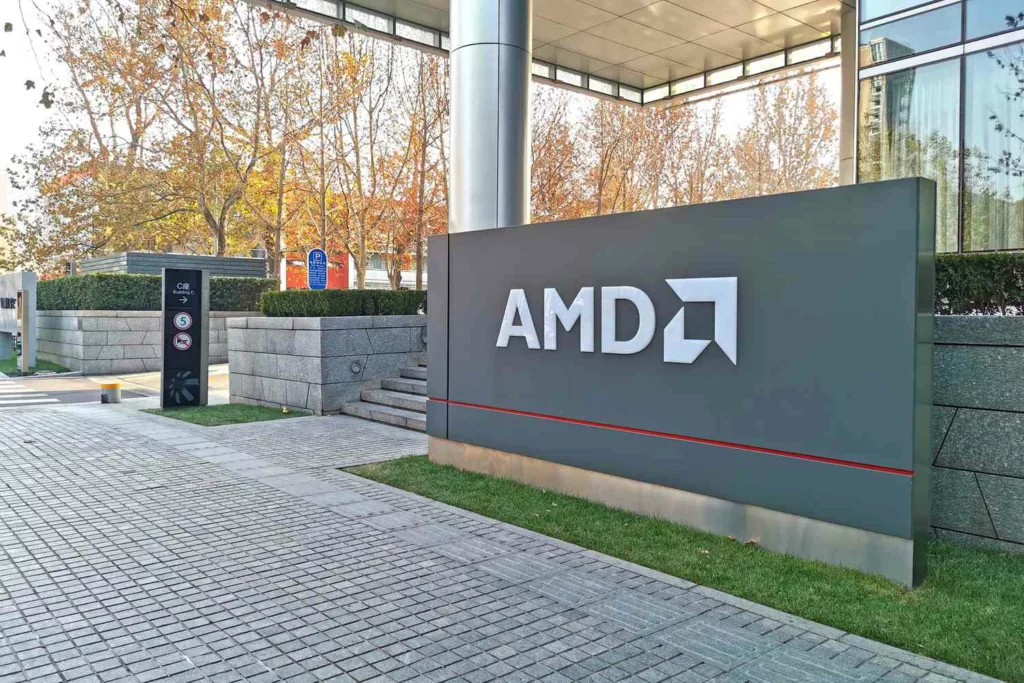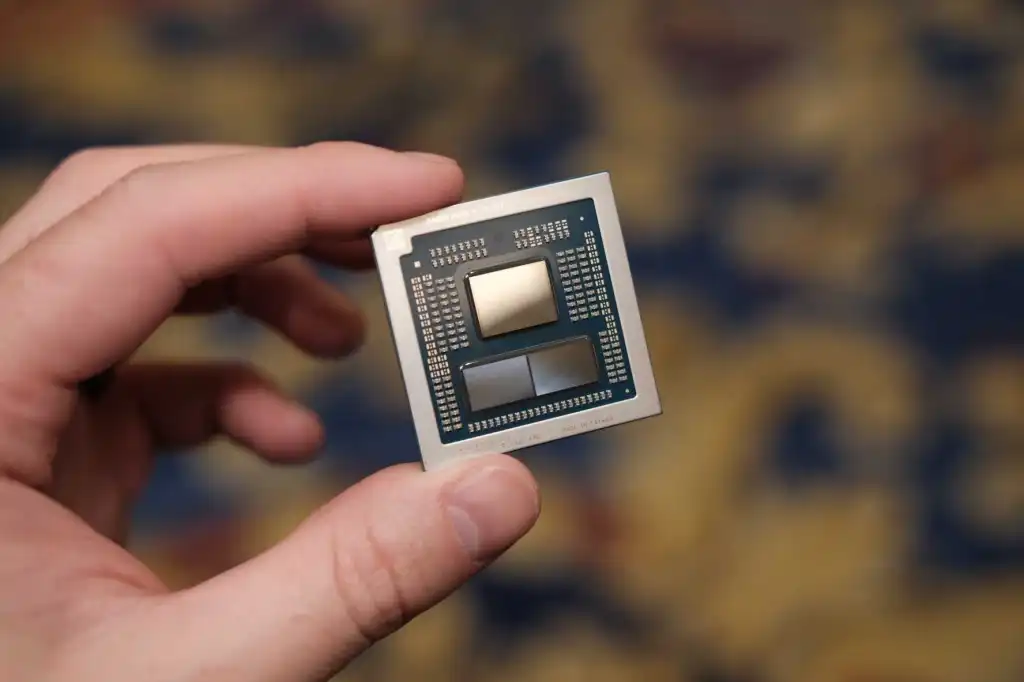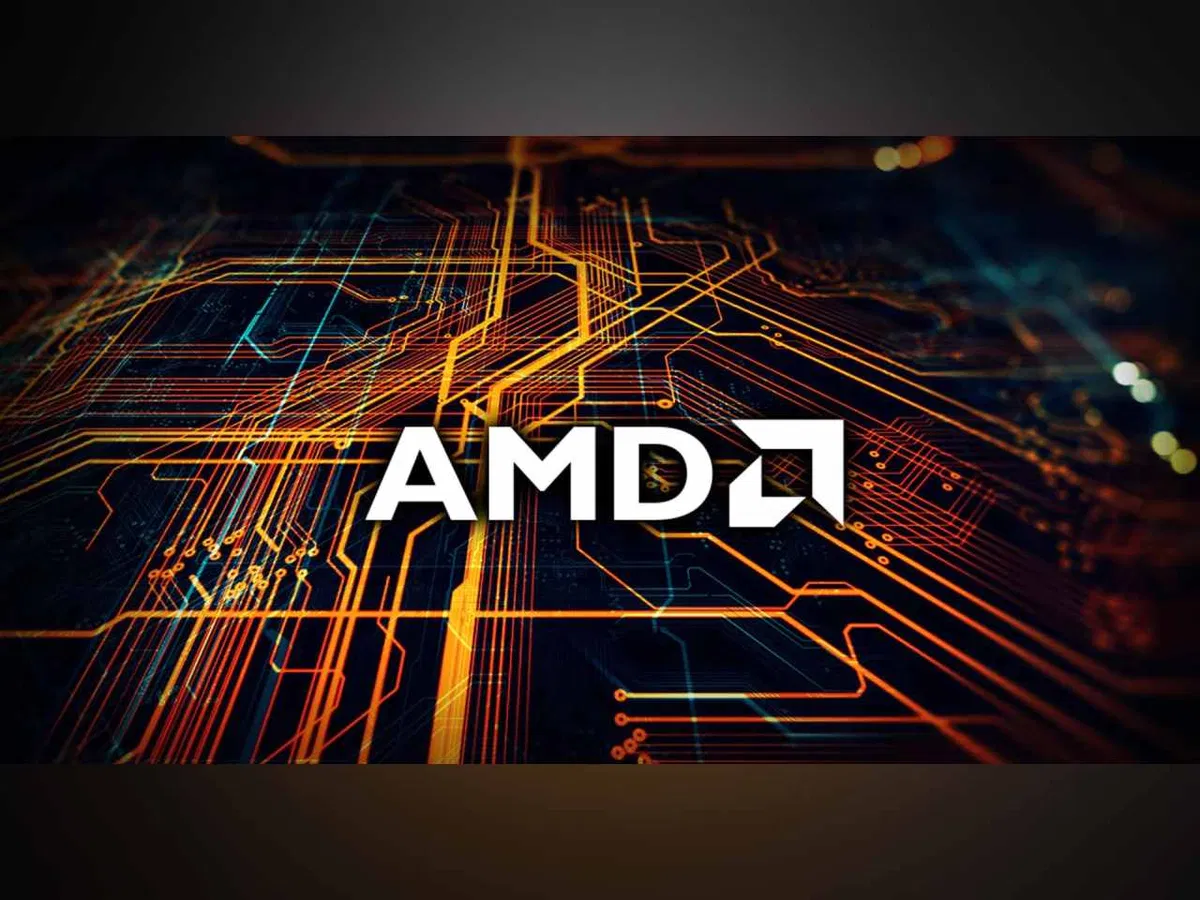In an illustrious ceremony held on May 3 in Boston, Advanced Micro Devices (NASDAQ: AMD) was awarded the prestigious 2024 Corporate Innovation Award by the Institute of Electrical and Electronics Engineers (IEEE). This notable recognition celebrates AMD’s pioneering efforts in the development and widespread deployment of chiplet architecture designs, which have significantly advanced the realms of high-performance and adaptive computing.
AMD: Leading the Charge in Chiplet Architecture
AMD stands at the forefront of leveraging chiplet architecture, a strategy that has propelled significant advancements in processor performance, efficiency, and flexibility. This innovative approach has played a pivotal role in extending the benefits traditionally associated with Moore’s Law. Marking a milestone in the industry, in 2018, AMD unveiled the first processor featuring a chiplet-based x86 CPU design – the second-generation AMD EPYC™ server processor, powered by the “Zen 2” core architecture.

Since this groundbreaking introduction, AMD has seamlessly integrated chiplet architectures into its leading product offerings. This includes AMD Ryzen™ CPUs for personal computers, AMD EPYC processors for data centers, and AMD Instinct™ accelerators designed for high-performance computing (HPC) and AI applications.
A Visionary Approach to Processor Design
“Several years ago, our passionate, world-class engineering teams began addressing the scaling challenges of traditional chip design,” noted Mark Papermaster, executive vice president and chief technical officer at AMD. He highlights the revolutionary nature of modular architecture, which was once considered radical thinking. The success of this initiative underscores the incredible potential of collaborative efforts, uniting diverse skills and expertise towards realizing a shared vision.
By distributing the components of traditionally monolithic System on Chip (SoC) designs into smaller, more manageable “chiplets,” AMD has achieved a revolutionary leap. This strategic move has enabled quicker time-to-market for processors that are not only highly performant and energy-efficient but also cost-effective. These processors leverage common designs across various markets, reinforcing AMD’s position as an industry leader in chip design and innovation.

Empowering Global Innovation
AMD’s leadership in chiplet architecture continues to fuel advancements in computing performance and efficiency. This, in turn, empowers the industry to tackle some of the most pressing global challenges. A prime example of its impact is the Frontier supercomputer, which employs chiplet-based AMD EPYC processors. This supercomputer, the world’s first to achieve exascale computing, is instrumental in advancing research and developing cutting-edge technologies in fields such as energy, medicine, and materials science.
A Legacy of Recognition
The IEEE Awards Program, with nearly a century of history, honors individuals and organizations whose exceptional achievements and contributions have profoundly influenced technology, society, and the engineering profession. AMD’s receipt of the 2024 Corporate Innovation Award marks its second accolade from IEEE; the company was previously honored in 2005 for its innovations related to the evolution of x86 microprocessors and the extension to a 64-bit architecture. This foundation continues to underpin today’s modern data centers and personal computers, highlighting AMD’s lasting impact on the technological landscape.








